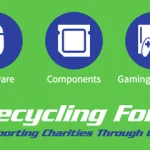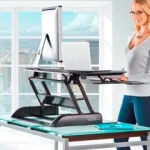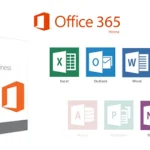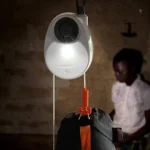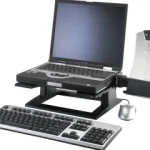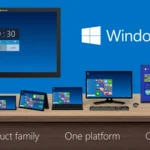Windows 10 – it’s almost here!
It’s been almost two years since Microsoft released Windows 8 to the world with mixed responses from its users due to the vast changes to its operating systems and interface. Although its improved performance, security enhancements and touchscreen devices were well received, the new user interface was labelled as being confusing and difficult to learn, especially for desktop users.
A year later Microsoft released Windows 8.1 to address many of the shortcomings, making improvements to various aspects of the operating system. The end result was a very capable operating system but one that users still did not fully endorse.
Since then Microsoft has been working diligently to achieve an operating system that creates a happy medium between the old and new, combining the best features of Windows 8.1 with the older style of Windows 7.
Features
- You will see the return of the Start menu button with a combination of the traditional Windows menu and Window 8 Live tiles to the side for easy access. For those who enjoy the Live tiles, the settings can be changed to have them appear on start-up.
- Another handy feature Windows 10 provides is the ability to have two or more screens side by side; you simply drag an open window to the side snapping it into split screen mode allowing you to view multiple windows at the same time.
- Cortana – Windows 10 also introduces Cortana, your own personal digital assistant. Cortana was perviously available on Windows phones but she has made her way to the PC along with better features. You can access Cortana through the Ask Me Anything search bar by either typing using the microphone, or enabling your settings so that whenever you say “Hey Cortana” followed with your question, she will respond. Cortana can also make calendar appointments, set reminders and alarms, take notes, play and pause music, send emails, tell you the weather, give directions and even tell a few jokes, plus much more!
- Universal Apps – Windows 10 give you the ability to use universal apps that can be used across phones, tablets, PCs and eventually on the Xbox.
- Microsoft Edge – Microsoft’s new web browser to replace internet explorer, will have a new interface, note taking mode, reader mode with built-in PDF support that can be viewed later on PC or phone, integration with Cortana, and more.
- Continuum – is a new feature that allows 2-in-1 devices to automatically change modes if it detects there is suddenly no keyboard attached. On Table mode the screen will automatically change to Touch Screen mode ready for swiping and give you full screen view. When you attach your keyboard back on, it will return you to Laptop mode with your windows right where you had them and the Start menu back to small size.
Windows 10 will launch globally on 29 July 2015. Clients who operate on older versions of Windows, like XP or Vista, should consider changing to Windows 10 to ensure that their computers are being supported by Microsoft’s patch and security update programme. Clients with Windows 7, 8 and 8.1 will have the opportunity to upgrade to Windows 10 for free. However, our recommendation is to wait a couple of months before upgrading to ensure Windows 10 is stable and the initial issues are resolved. This also gives the providers of your line of business software time to test and establish if your software will work with Windows 10 and to provide updates to the software.



